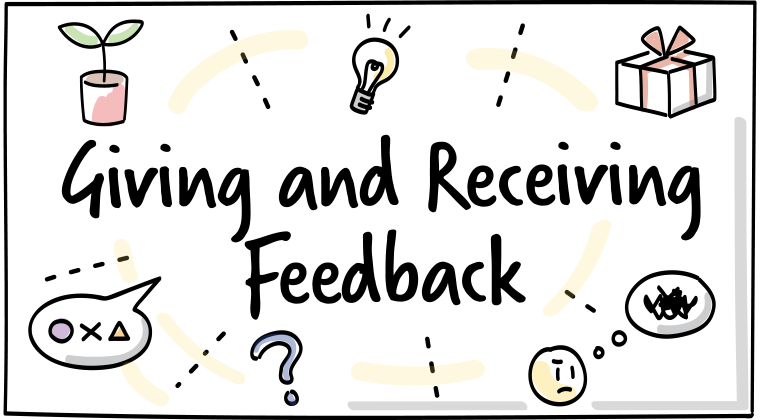How to give effective feedback?
Introduction
People behave differently at work, both positively and negatively, regardless of their position. These behaviors, whether intentional or not, can affect both you and your entire team.
When such situations arise, it's important to address them through constructive feedback to prevent them from happening again. This feedback should be well-structured and delivered appropriately.
Throughout my career, I've both given and received plenty of feedback. When giving feedback, I struggled to organize my thoughts clearly. When receiving it, I always looked for specific data points and actionable steps for improvement.
How can we give effective feedback?
In this article, I'll share a framework I use daily that can help you:
Structure your feedback clearly when you're the one giving it
Ask the right questions when you're receiving feedback"
SBI(N) Framework to give feedback
The SBI feedback model is a framework used to provide constructive feedback to employees, colleagues, or team members.
SBI model is developed by The Center for Creative Leadership. I have added one more abbreviation letter (‘N’) to make it complete.
This model is widely used in the workplace, in coaching, and in personal relationships to facilitate effective communication, build trust, and promote growth.
SBIN feedback is structured into four parts:
Situation (time and place)
Behavior (actions being addressed),
Impact (how the behavior affects us, the team, or the organization).
Next Steps (to improve upon feedback)
This mode is designed to provide clear and actionable feedback.
By using the SBI(N) model, feedback providers can provide specific examples and objective observations, avoiding generalizations and judgments that can lead to defensiveness or misunderstandings.
Situation
This involves describing a situation an employee/person was involved in. When you give feedback to a person, it is important that you let them know the situation in which the incident happened.
Behavior
This involves stating the way a person behaved in a certain situation that you want to give feedback upon. A person’s behavior informs feedback and allows you to judge whether the behavior helped the situation in a good way or a bad way.
Impact
The most important part of the SBIN feedback model. This involves describing the impact that the person’s behavior had on the feedback giver or other people. Stating what impact a situation or behavior had closes the feedback process.
Next Steps
This involves both the recipient and the giver to propose a solution or rectify their mistakes. In this either giver can suggest some solution as part of a feedback or both giver and receiver discuss and come to a middle ground for work towards feedback.
Feedback Examples
Example 1:
Situation: I observed that during the virtual team meeting, you interrupted your colleague several times.
Behavior: You spoke over them and didn’t allow them to finish their thoughts.
Impact: It disrupted the flow of the meeting and made your colleague feel disrespected.
Next Steps: In virtual meetings, it’s important to practice active listening and avoid interrupting others. You can use a “Raise hand” feature to join the queue and ask when your turn comes. This way everyone can have a change of finishing their thoughts and meeting flow will be intact.
Example 2:
Situation: I noticed that you missed the deadline for the project deliverables.
Behavior: Your delay caused a ripple effect in the project timeline
Impact: It affected the team’s ability to meet important leadership milestone deadlines and caused frustration.
Next Steps: With remote work becoming a new normal, it’s crucial to prioritize time management and meet deadlines. Next time, you can give me heads up if you are running behind in project, so we can work towards unblock you and allocate more resources to finish things on a time.
Support My Content
» SHARE, SUBSCRIBE
» REFER to a FRIEND


